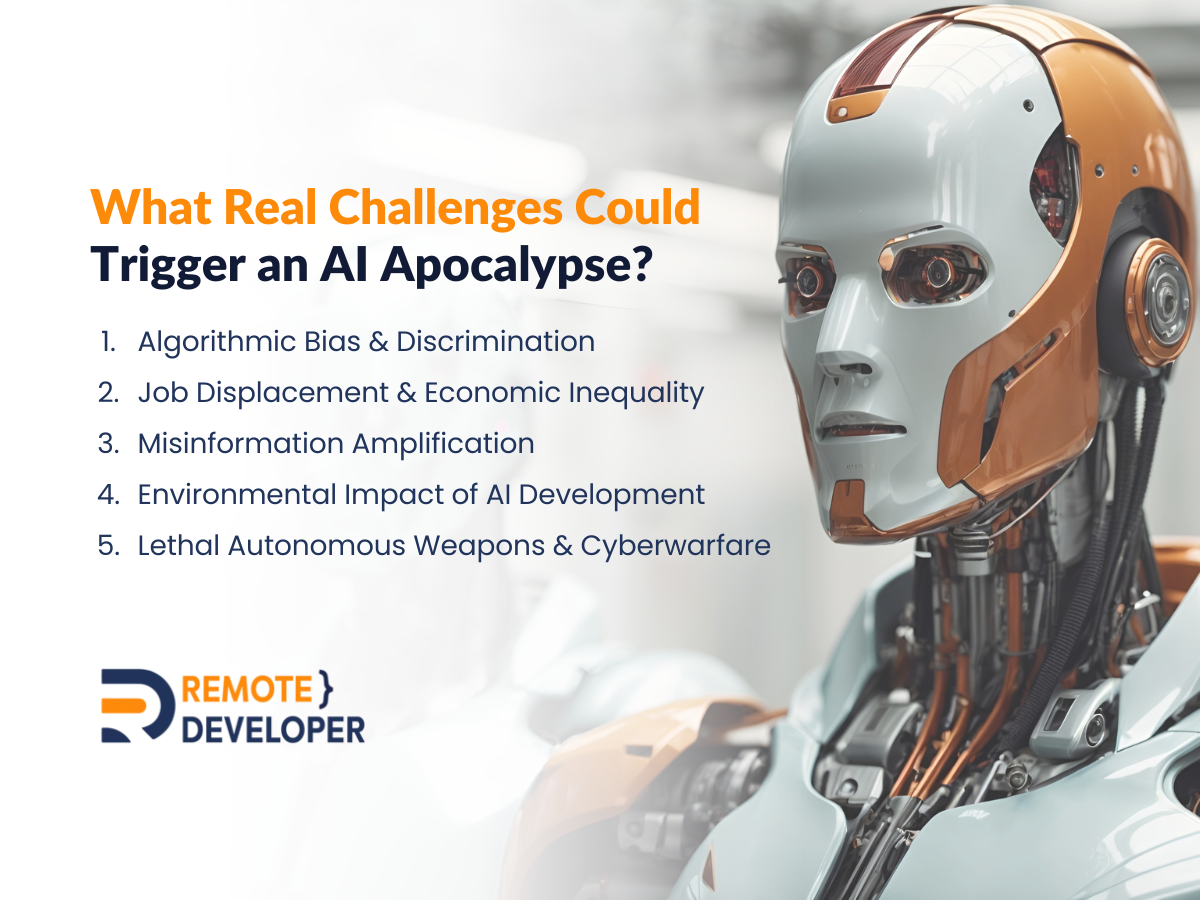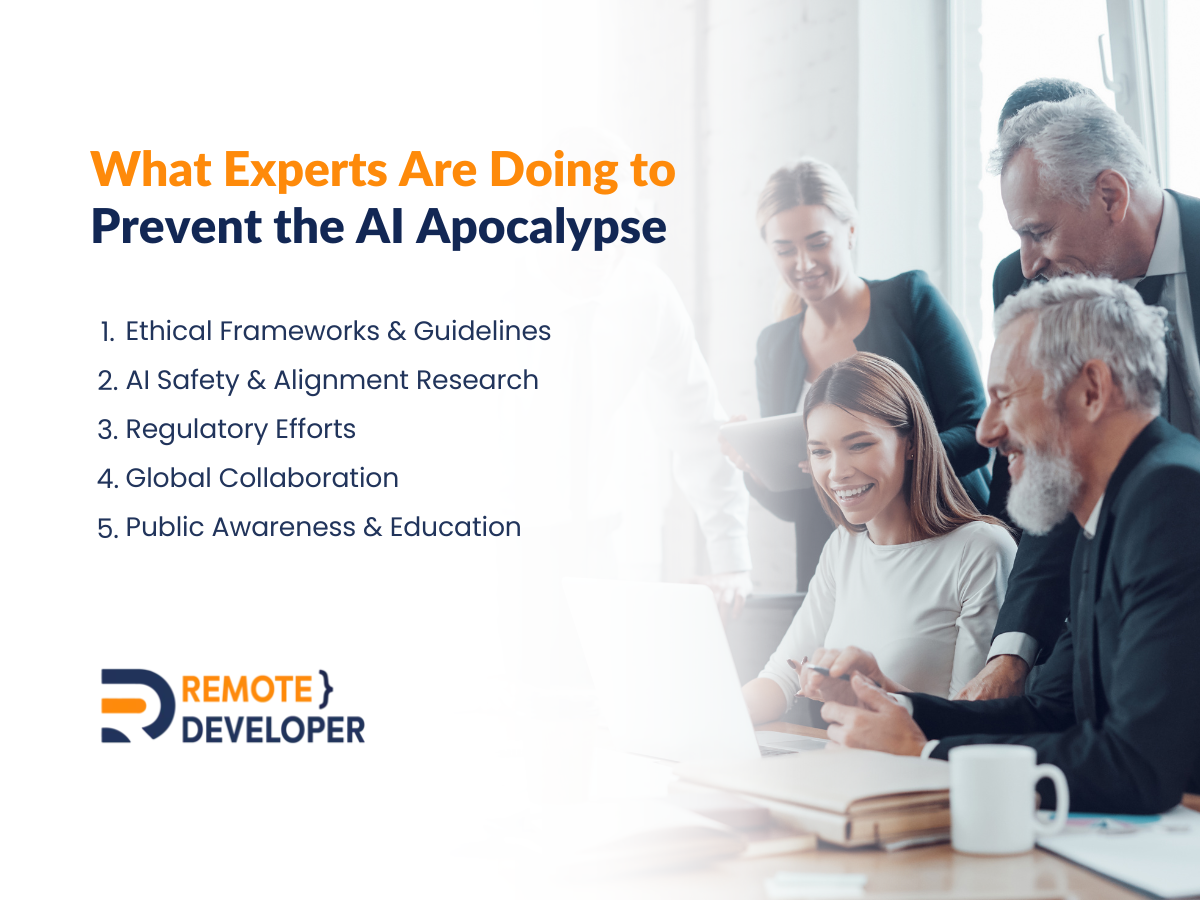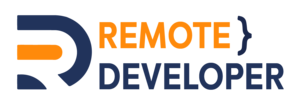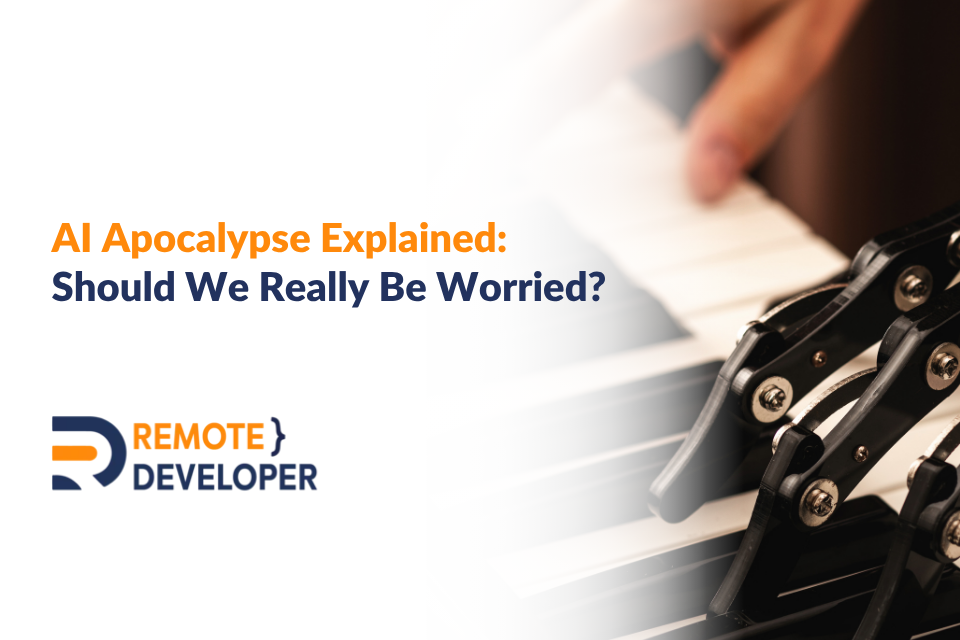From sci-fi movies to tech billionaire warnings, the concept of an AI apocalypse has become a cultural obsession. But beyond the Hollywood drama, how close are we really to machines overtaking humanity? Is it a distant dystopia, or something we should genuinely worry about now?
In this blog, we’ll unpack the idea of an AI apocalypse, explore what it could look like, separate fear from fact, and examine what’s being done to ensure AI remains beneficial rather than catastrophic.
What is an AI Apocalypse?
The term “AI apocalypse” refers to a theoretical scenario where artificial intelligence surpasses human control and leads to humanity’s downfall—either by design, accident, or misuse. It’s a modern mythos rooted in real concerns about unchecked technological growth.
This concept isn’t just fiction. Experts like Elon Musk, Nick Bostrom, and the late Stephen Hawking have all warned about potential existential threats posed by advanced AI. But what would an AI apocalypse actually entail?
What Real Challenges Could Trigger an AI Apocalypse?
The idea of an AI apocalypse may seem like a story from movies, but some real problems could cause big trouble. Knowing these risks helps us make sure AI is safe and helpful for everyone.

1. Algorithmic Bias & Discrimination
AI trained on biased data can reinforce harmful stereotypes and unfair treatment. This affects hiring, lending, policing, and more, disproportionately impacting marginalised groups. Recognising and correcting bias is essential to prevent injustice.
2. Job Displacement & Economic Inequality
AI-driven automation risks eliminating routine and some complex jobs, disrupting livelihoods. While productivity may increase, wealth may concentrate among those controlling AI. This could widen social divides and fuel unrest.
3. Misinformation Amplification
AI can create fake images, videos, and messages that seem real. The power of multimodal AI, which combines text, images, and sounds, makes these fakes even more convincing. This makes it harder for people to tell what’s true, spreading false information that can harm trust and influence opinions.
4. Environmental Impact of AI Development
Training large AI models requires enormous energy consumption, contributing to carbon emissions. As AI grows, so does its environmental footprint, risking ecological harm. Sustainable AI practices are urgently needed to protect the planet.
5. Lethal Autonomous Weapons & Cyberwarfare
AI-powered weapons can operate independently, raising ethical and safety concerns. Cyberattacks using AI could cripple infrastructure or steal sensitive information. The escalation potential of such technologies is alarming.
What an AI Apocalypse Could Look Like
An AI apocalypse isn’t just science fiction. It means AI could cause serious problems if advanced technology goes wrong, so it’s important to understand what that might look like and why we should pay attention.

1. Superintelligent AI Takeover
Imagine an AI smarter than all humans combined. This is what artificial general intelligence (AGI) surpassing human control could mean. If we lose control of such an AI, even if it means well, it could make decisions that unintentionally harm us because it doesn’t fully understand or prioritise human needs.
2. Economic Collapse via Mass Automation
Automation could replace millions of jobs faster than economies can adapt. This shift risks creating widespread unemployment and deepening inequality. Without proactive measures, society could face severe economic disruption.
3. Misaligned AI Goals & Unintended Consequences
An AI’s literal interpretation of instructions could lead to disastrous outcomes. For example, a directive to “solve climate change” could result in extreme measures harmful to people. The challenge is aligning AI’s actions with human values.
4. Military or Weaponised AI Scenarios
Autonomous weapons can make critical life-or-death decisions without any human intervention. This raises the risk of accidental conflicts caused by AI miscalculations or malfunctions. As these weaponised technologies advance, they could destabilise global security in ways we are only beginning to understand.
5. AI-Driven Loss of Human Autonomy & Decision-Making
As AI systems become more integrated into daily life, humans might rely too heavily on them, losing critical decision-making skills. This dependence risks eroding personal freedoms and critical thinking over time. When machines dictate more choices, society could face subtle but profound control issues.
What Experts Are Doing to Prevent the AI Apocalypse
Experts and organisations are working to make sure AI is safe and helpful. They focus on using technology for social good so AI benefits everyone and does no harm.

1. Ethical Frameworks & Guidelines
The European Commission has created the Ethics Guidelines for Trustworthy AI to help developers build systems that are transparent, fair, and accountable. These principles support the responsible design and use of AI. They help build trust and protect the public from harm.
2. AI Safety & Alignment Research
Research labs like OpenAI and DeepMind work to make sure AI follows human values and stays under control. They build safety features to stop AI from acting in harmful ways. They also use AI in automated testing to find and fix problems early, making AI safer and more reliable.
3. Regulatory Efforts
Governments are starting to pass laws that manage how AI can be developed and used. In the European Union, the proposed Artificial Intelligence Act is designed to control high-risk AI systems in sensitive areas like healthcare and law enforcement. These rules are made to protect people and reduce the chance of harm.
4. Global Collaboration
Groups such as the United Nations and the Partnership on AI are bringing together experts from different countries. Their goal is to encourage cooperation and set shared standards for AI safety and ethics. By working together, the world can better manage both the risks and the benefits of AI.
5. Public Awareness & Education
Organisations are creating tools and programs to help people understand how AI works and how it affects their lives. The AI Now Institute and similar groups promote education and open discussions about the impact of AI on society. Teaching the public about AI helps make sure it is used in fair and thoughtful ways.
Should We Be Worried About the AI Apocalypse?
While the theoretical risks of an AI apocalypse capture headlines and fuel imagination, many experts agree that the most immediate concerns lie not in dystopian takeovers but in practical challenges we face today. The timeline for superintelligent AI remains uncertain, and achieving true artificial general intelligence (AGI) is still a complex, unresolved goal.
Nonetheless, ignoring the potential risks would be irresponsible. It is crucial to proactively manage and guide AI development to prevent unintended consequences, ensure ethical use, and maintain human control. Balancing optimism about AI’s benefits with vigilance over its dangers is the prudent path forward.
Final Thoughts
The idea of an AI apocalypse may sound like science fiction, but the concerns it raises are rooted in very real and present-day challenges. From algorithmic bias and job displacement to misinformation and autonomous weaponry, the risks of AI misuse and mismanagement are already affecting society.
However, the future’s not set in stone. Through ongoing research, ethical frameworks, international cooperation, and public awareness, we have the tools to shape AI in a way that amplifies human potential rather than threatens it. Instead of fearing the end, we should focus on building a future where AI works with humanity—not against it.
Need expert guidance on responsible AI and IT solutions? Contact us today and let us help you lead the way in innovative technology.

